Spoor Counting
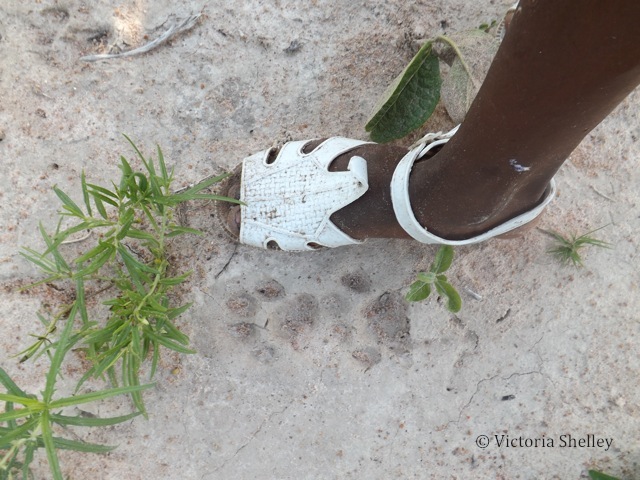
By: Tory Shelley
Yellow, purple, white, red, and orange are only a few of the colors on display here in in Ruaha during the rainy season. The wildflowers are in full bloom, the grass often reaches over our heads, the trees are a-buzz with insects and birds, and the watermelons are plentiful, ripe, and refreshing. Afternoon thunderstorms leave us with a welcomed cool breeze and often a rainbow stretching across the freshly blue sky. Quite a difference from the dry dusty days of blazing sun that defines the dry season.
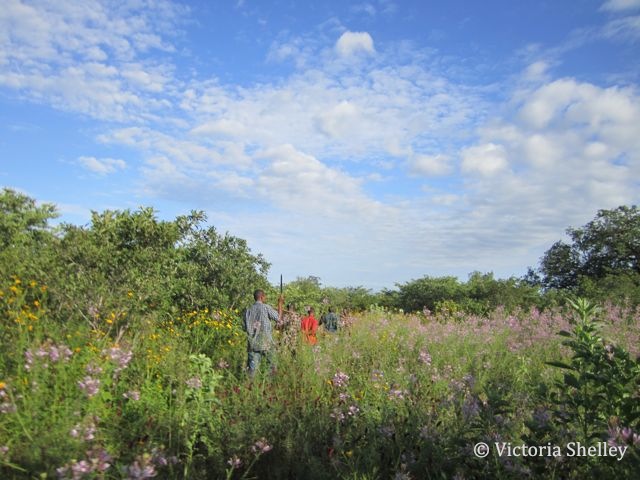
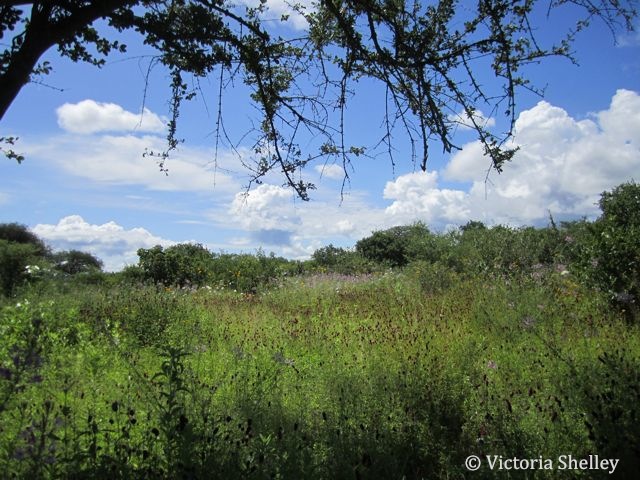
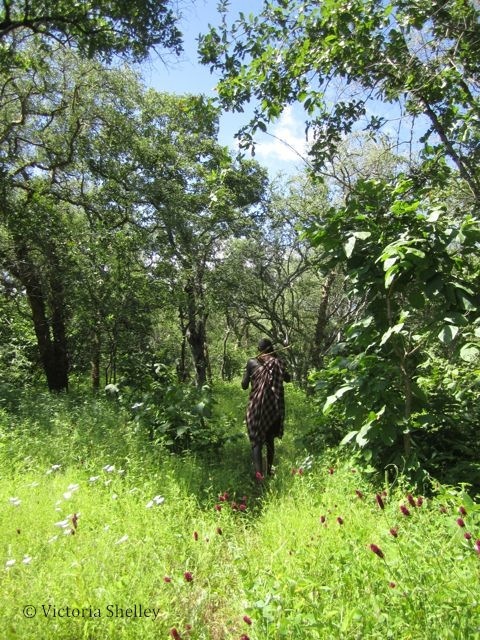
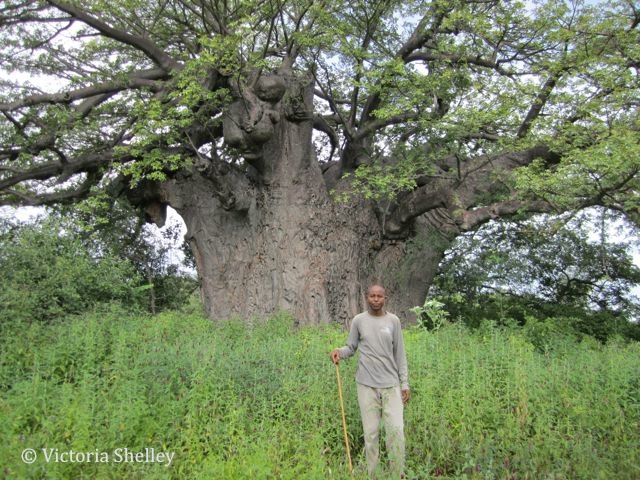
Dr. Steph Dolrenry, Director of Carnivore Biology and Eric Ole Kesoi the Community Liaison Officer for LG Kenya, came down to Ruaha last month to conduct some further training with the LGs here. One part of that training was setting up spoor routes. “Spoor?” Spoor is an English (U.K.) word for animal tracks. Over a period of two weeks, together with the LGs, we walked over 200 kilometers through the LG zones setting up spoor counting routes. For each zone, of which there are four, a 10-12 km long transect was established. The LGs will walk these transects once a week and collect data on the presence of lions, the various carnivores that compete with lions (leopard, cheetah, wild dog, and hyena), as well as available lion prey (wild pigs, impala, kudu, giraffe and eland) found in their areas by recording the tracks they find.
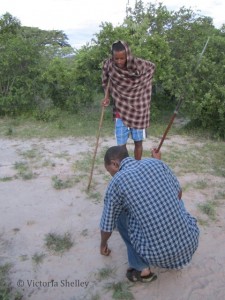
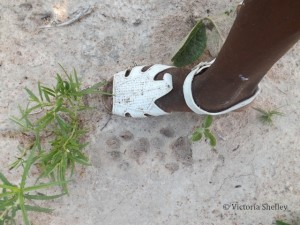
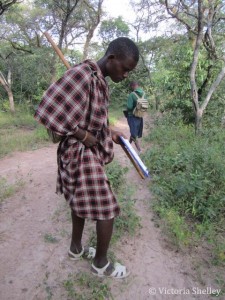
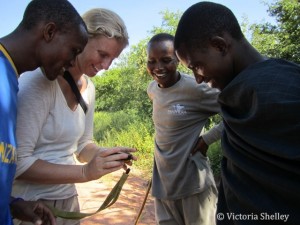
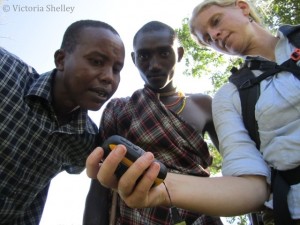
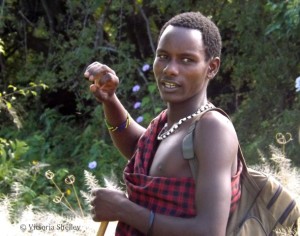
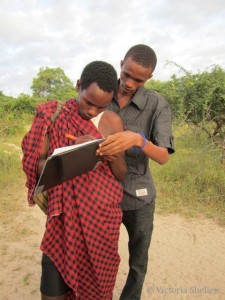
The LG Coordinator here in Ruaha, George Sedoyeka has written his first story in English and we want to share it with you all here. Enjoy!
MY FAVORITE DAY SPOOR COUNTING
By: George Sedoyeka, LG-Ruaha Coordinator
I woke up early, around 5:00am and met with my team (Eric, Tory and Stephanie a.k.a Nasha) and we drove to Muwira, about 70kms from camp, to mark a spoor route with the Lion Guardians there. At 6:30am we reached the big tree that we planned with Gwagi (LG) and Dewita (a volunteer LG from Muwira) to meet at as a place to start our work. They are from that area (Muwira) and know the bush very well and so they could lead us. Gwagi starting leading us in the direction of a place for good spoor counting. We went up to Dewita’s boma on the way to Gwagi’s boma and then decided to start the spoor counting toward Kibugire area as it was a place both Gwagi and Dewita could meet early in the morning to begin their route.
As I said in the title, it was my favorite day because we passed a watermelon farm and the owner allowed us to eat as much watermelon as we possibly could because he had so many! It was my first time to see Eric eating watermelon since he arrived in Tanzania! All of us enjoyed the watermelon because we were thirsty and hungry from all that walking! We continued on our way until we reached to the point needed to end the route. Then we headed back in the direction that we came from, passing the watermelon farm again and the owner gave us three more watermelons! We ate two right then and took one with us. I didn’t reach the car with the watermelon I was carrying because it was very heavy. I dropped it and we all ate it on the way back to the car. That day we ate five watermelons! We went to Dewita’s boma and greeted his family, then starting walking back to the car, so we said goodbye to his family and left Dewita and Gwagi. But after leaving, Dewita came running up and brought maize (corn) for us to take home. We made it back to a car with our full bellies and drove back to the camp. It was a delicious and productive day!
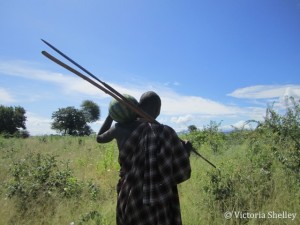
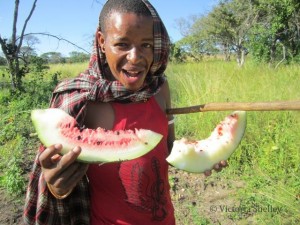
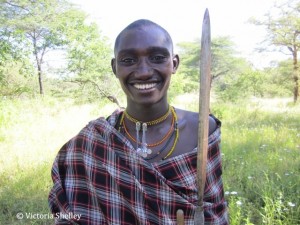
Something quite special happened each day. The LGs have an intimate relationship with their land and know it well. Though sometimes we were practically crawling through a tangle of vines and thorny Acacias, and often it felt like we were not on a trail, the LGs lead with the confidence and familiarity that comes from a lifetime of herding and walking through the bush. The organic process of the LGs leading the way gives them ownership of their work and a chance to show their tracking skills and stamina. The ownership the LGs feel, is part of what makes this program so successful.
“In the end, we will conserve only what we love. We will love only what we understand.
We will only understand what we are taught.”
– Baba Dioum
The LG program and the Lion Guardians themselves are constantly learning from, and teaching, each other. While the LG program brings systematic monitoring systems and the tome of knowledge from scientific literature, the LGs bring traditional ecological knowledge and a particular understanding of the land and all of the life it supports. Together, we are able to monitor the lions and other wildlife while also understanding the people who also live on this land and their relationship with the wildlife. This exchange of knowledge is at the heart of the success of Lion Guardians as a culturally flexible and scientifically stable lion conservation program. Help support the Lion Guardians and all of their hard work!
The Lion Guardian project in Ruaha is a collaboration with Panthera and the Ruaha Carnivore Project.
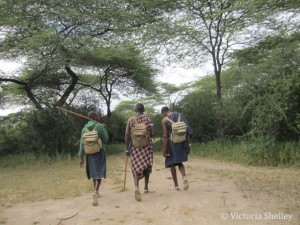



Leave a Reply